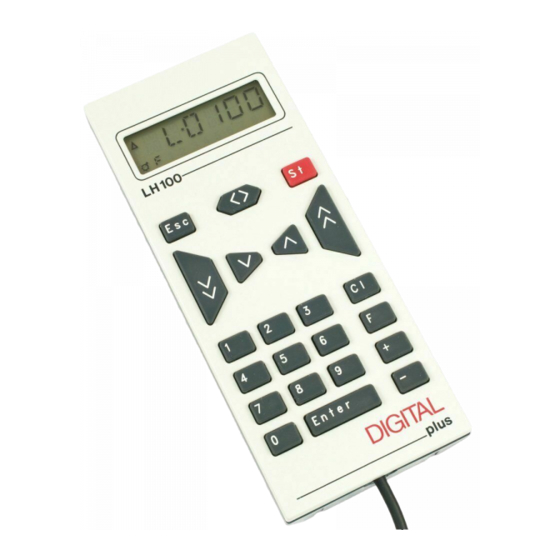
Lenz Digital Plus LH100 Manuals
Manuals and User Guides for Lenz Digital Plus LH100. We have 3 Lenz Digital Plus LH100 manuals available for free PDF download: Information Sheet, Instructions Manual, Information Manual
Lenz Digital Plus LH100 Information Sheet (168 pages)
Handheld controller
Brand: Lenz
|
Category: Controller
|
Size: 2 MB
Table of Contents
Advertisement
Lenz Digital Plus LH100 Information Manual (16 pages)
Brand: Lenz
|
Category: Controller
|
Size: 0 MB
Advertisement


